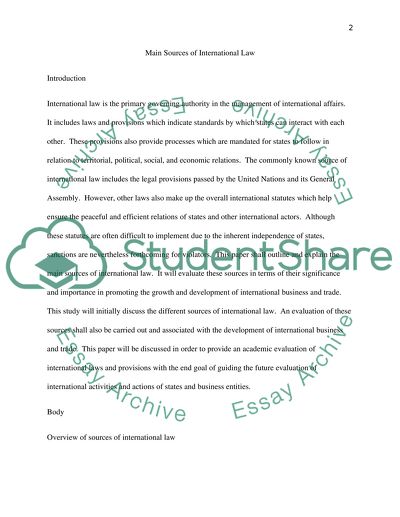Cite this document
(“International law Essay Example | Topics and Well Written Essays - 2000 words”, n.d.)
Retrieved from https://studentshare.org/law/1467407-international-law
Retrieved from https://studentshare.org/law/1467407-international-law
(International Law Essay Example | Topics and Well Written Essays - 2000 Words)
https://studentshare.org/law/1467407-international-law.
https://studentshare.org/law/1467407-international-law.
“International Law Essay Example | Topics and Well Written Essays - 2000 Words”, n.d. https://studentshare.org/law/1467407-international-law.


